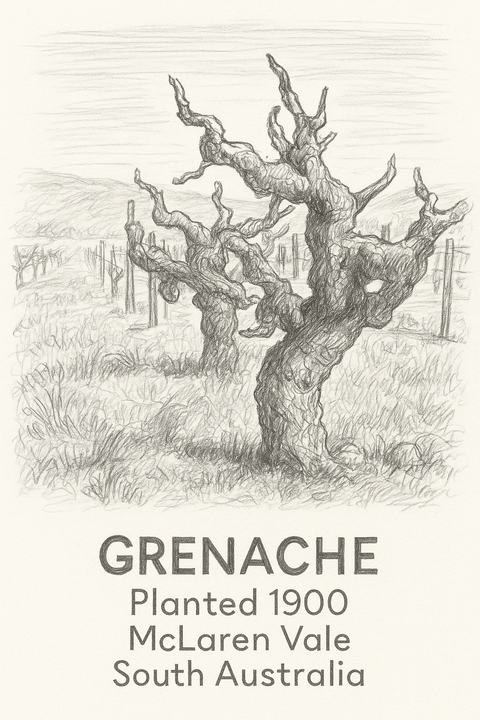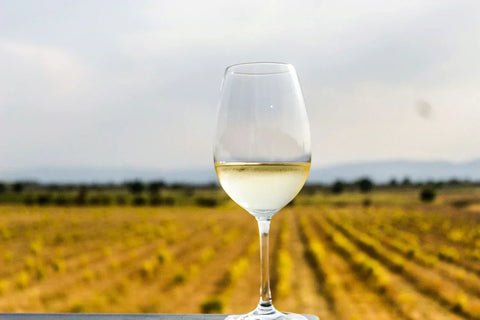Articles

McLaren Vale, a famous wine region nestled south of Adelaide in South Australia, has long been celebrated for its robust Shiraz. However, in recent decades, Grenache has emerged as a star varietal, producing wines of remarkable elegance, complexity, and versatility.
McLaren Vale Grenache typically showcases a vibrant and expressive aromatic and flavour spectrum, setting it apart from its counterparts in other regions. Influenced by the region's Mediterranean climate, old vines, and diverse soil types (including ancient McLaren Vale Grenache, terra rossa, and sand over limestone), these wines often exhibit:

Both regions are renowned for producing world-class wines, yet their distinct geological and climatic profiles imbue their Chardonnays with remarkably different characteristics. For the discerning palate, understanding these regional nuances is key to appreciating the full spectrum of Australian Chardonnay. This article will meticulously compare Chardonnay from the Barossa Valley to its counterpart from McLaren Vale, exploring the profound influence of their respective terroirs on flavour, style, aging potential, and the experienced producers who craft them.

Wine blending is one of winemaking's most sophisticated arts, combining scientific precision with creative intuition to create wines that transcend what any single grape variety could achieve alone. From the legendary blends of Bordeaux to the innovative combinations emerging from regions like McLaren Vale, blending represents winemaking at its most complex and rewarding.
Yet blending remains one of the least understood aspects of wine production among consumers. Many wine lovers assume that single-variety wines represent the pinnacle of winemaking achievement, when in fact some of the world's most prestigious and age-worthy wines are carefully crafted blends that showcase the winemaker's skill in orchestrating complementary grape varieties into harmonious masterpieces.

In the world of wine, age commands respect. While most consumer goods lose value over time, grapevines become more precious with each passing decade. Old vine wines—those produced from vines typically 35 years or older—represent some of the most sought-after and distinctive bottles in any wine lover's collection. But what makes these ancient plants so special, and why do wines from century-old vines command premium prices and passionate devotion from collectors worldwide?
The answer lies in a complex interplay of biology, terroir expression, and viticultural wisdom that only time can create. At McLaren Vale Cellars, where some of our heritage vines date back to 1890, we've witnessed first hand the remarkable transformation that occurs as vines mature into living monuments of winemaking history.

The wine industry has a reputation for mystique and romance—rolling hills, ancient traditions, and the almost magical transformation of grapes into wine. While these images aren't entirely false, there's another side to winemaking that most producers prefer to keep behind closed doors. From the unglamorous realities of harvest to the modern interventions that shape your favourite bottles, here are the industry secrets that winemakers rarely discuss openly.
At McLaren Vale Cellars, we believe transparency builds trust. While some aspects of winemaking might shatter romantic illusions, understanding the real process helps wine lovers appreciate the skill, science, and dedication required to create exceptional wine.

Few things can ruin an exceptional bottle of wine faster than prolonged exposure to sunlight. While wine bottles may look beautiful displayed in sunny windows or brightly lit retail environments, light exposure—particularly ultraviolet (UV) light—can irreversibly damage wine, creating off-flavours, unpleasant aromas, and diminished quality that no amount of proper storage can reverse.
Understanding the relationship between wine and light is crucial for anyone who wants to preserve wine quality, whether you're storing a single bottle for dinner or building a collection of age-worthy wines from regions like McLaren Vale.

